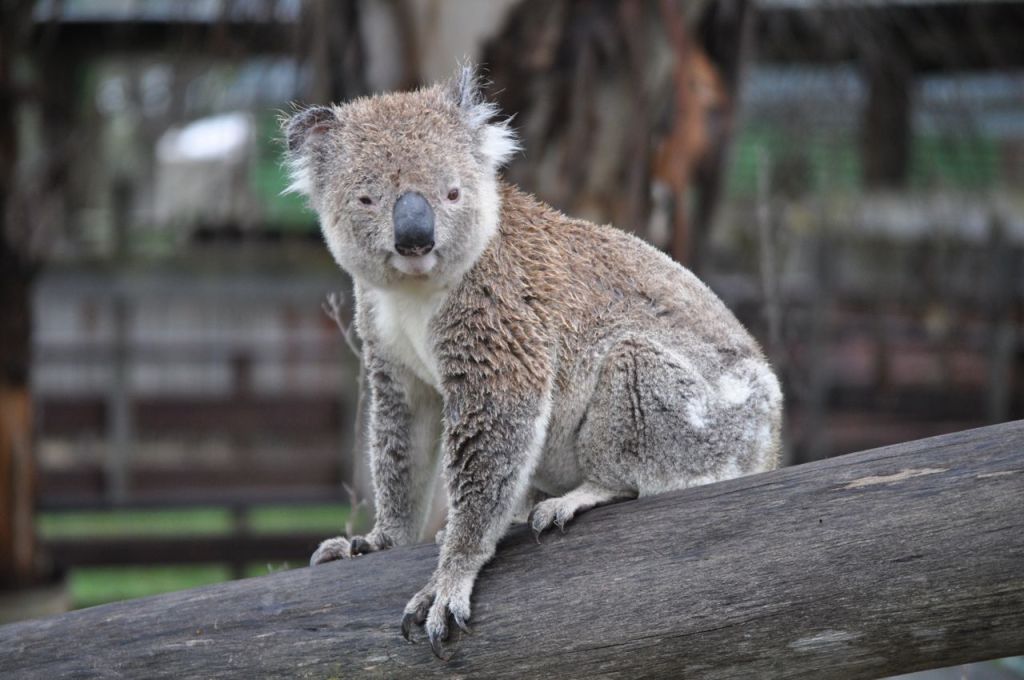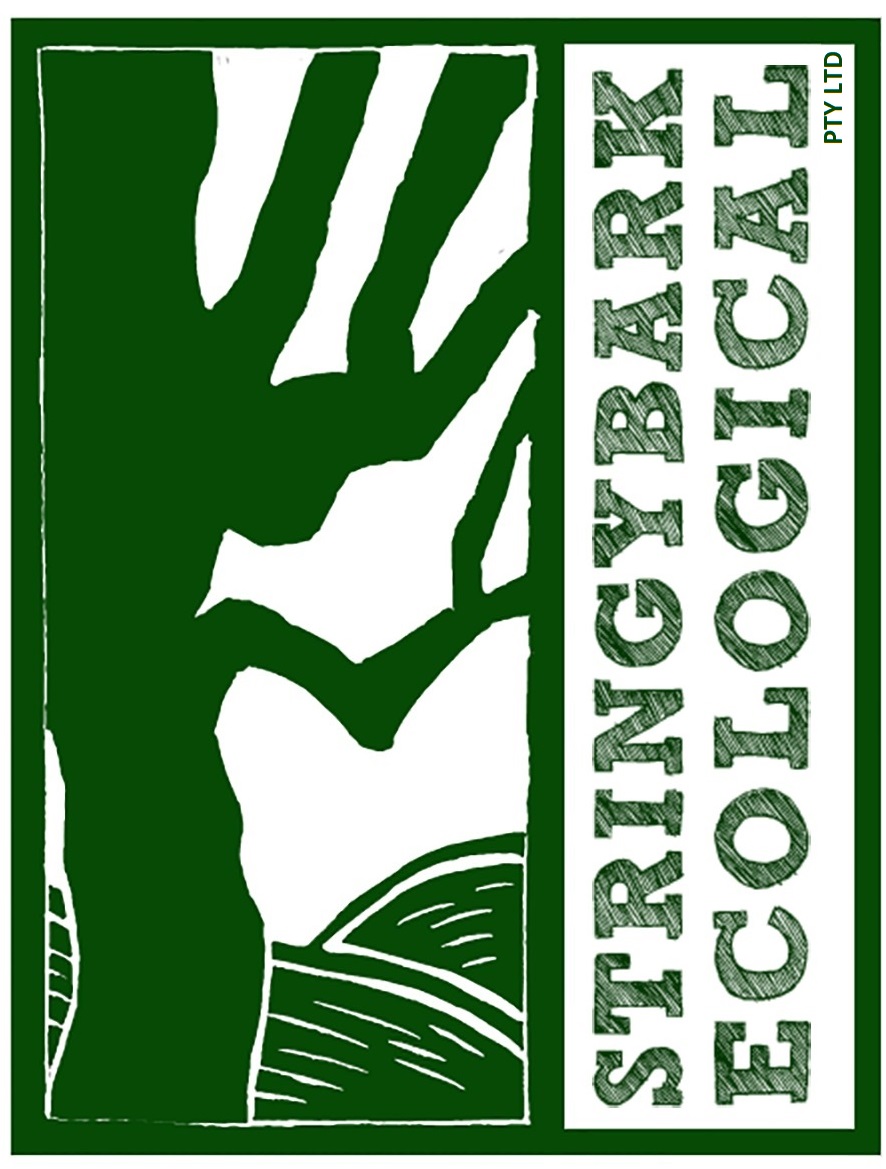Your cart is currently empty!

Taking action for Threatened Species
by David Carr, Principal Ecologist, Stringybark Ecological
On this Threatened Species Day, it’s time we got serious about what we are doing to stop Australia’s unique plants and animals from sliding to extinction. Whether it is well-known species like the koala or a less charismatic one, there are actions we can all take to protect our unique species.
Why do species become extinct?
While some plants and animals are naturally rare, it is usually human activities that cause a species’ numbers to decline to a point where they are threatened with extinction. So, while people are often the cause of the problem, it’s reassuring to know there is a lot that people can do to address it.
How can we help threatened species?
We’ll take the koala as an example, as it is one of the species that Stringbark Ecological has been working with landholders, government and industry in the Northern Tablelands of NSW to protect.

Protecting koalas from extinction
Once common throughout south-eastern Australia, the koala is now listed as endangered due to a rapid decline in numbers.
Stringybark Ecological has been working to better understand koala distribution, tree use and ecology. In the 1920s, koalas were so widespread in this region that dray-loads of koala skins were exported. These days, it is a rare treat to spot one.
While habitat loss, population fragmentation and disease have taken a heavy toll, it is now climate change that is causing rapid decline in koala numbers, as the animals are affected by heat stress and widespread bushfires. Heavy land-clearing practices also continue, enabled by weak legislation in rural NSW.
What actions can we take?
If koalas live in your area, it’s important that you:
- don’t clear koala habitat
- plant more food trees if possible
- keep pets under control and away from areas where koalas sleep, eat and travel
- use koala friendly fencing, or add climbing structures such as ropes and ladders
- watch for koalas crossing roads
- report any injured koalas to local wildlife carers or WIRES (1300 094 737).
Regularly check trees in your area for koalas. Koalas can sometimes be found in trees other than eucalypts, such as pine trees and casuarinas. Look for the droppings – which are shaped like liquorice bullets – for an indication that koalas are near.
More recommendations can be found in our Cool Country Koala (South) Report and Management Plan.
Stringybark Ecological is able to offer a range of services for threatened species and communities management, koala surveys and other fauna and flora surveys, revegetation and management plans. Please get in touch to discuss how we can work together on protecting Australia’s threatened species.
